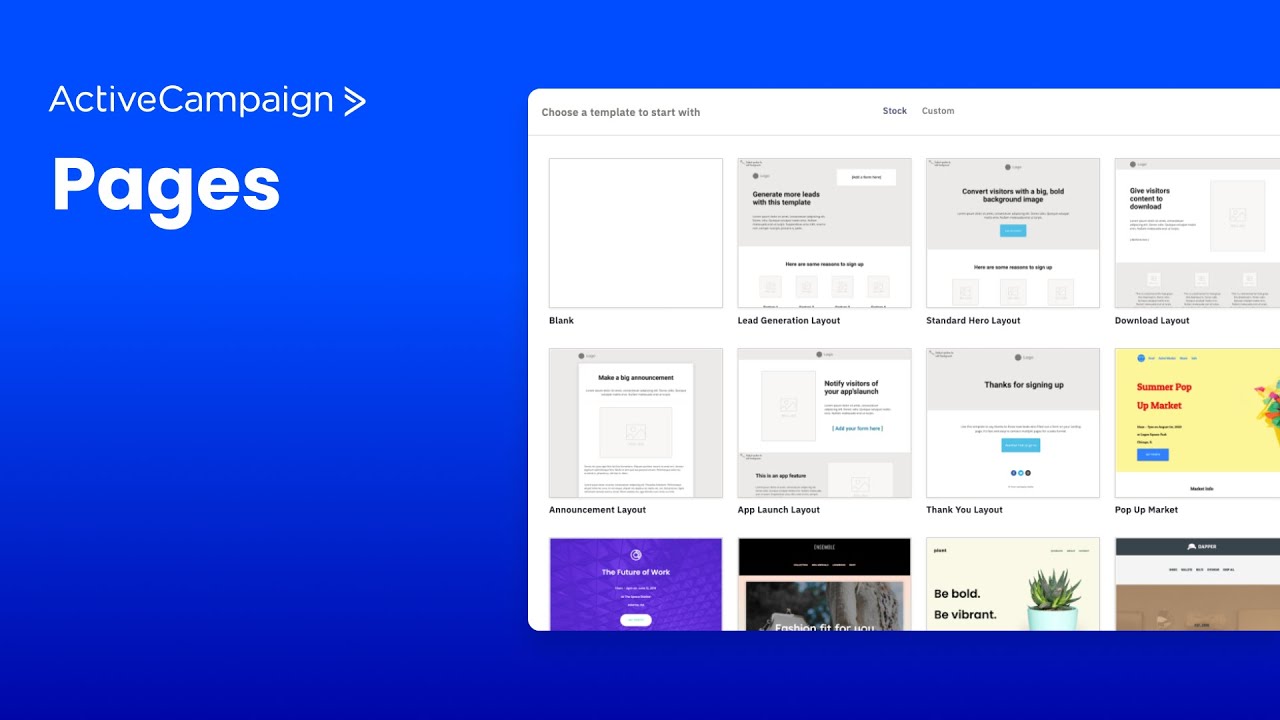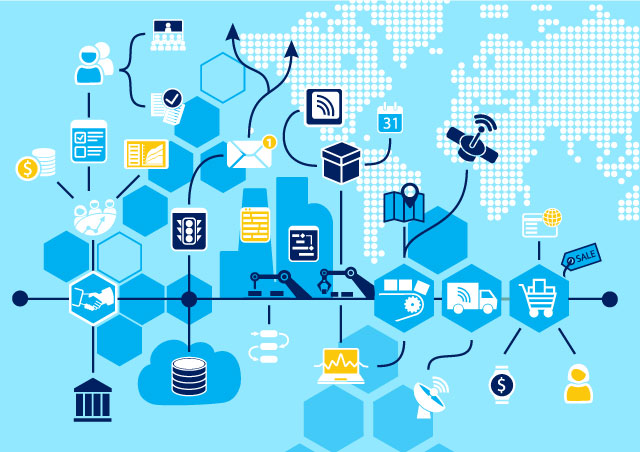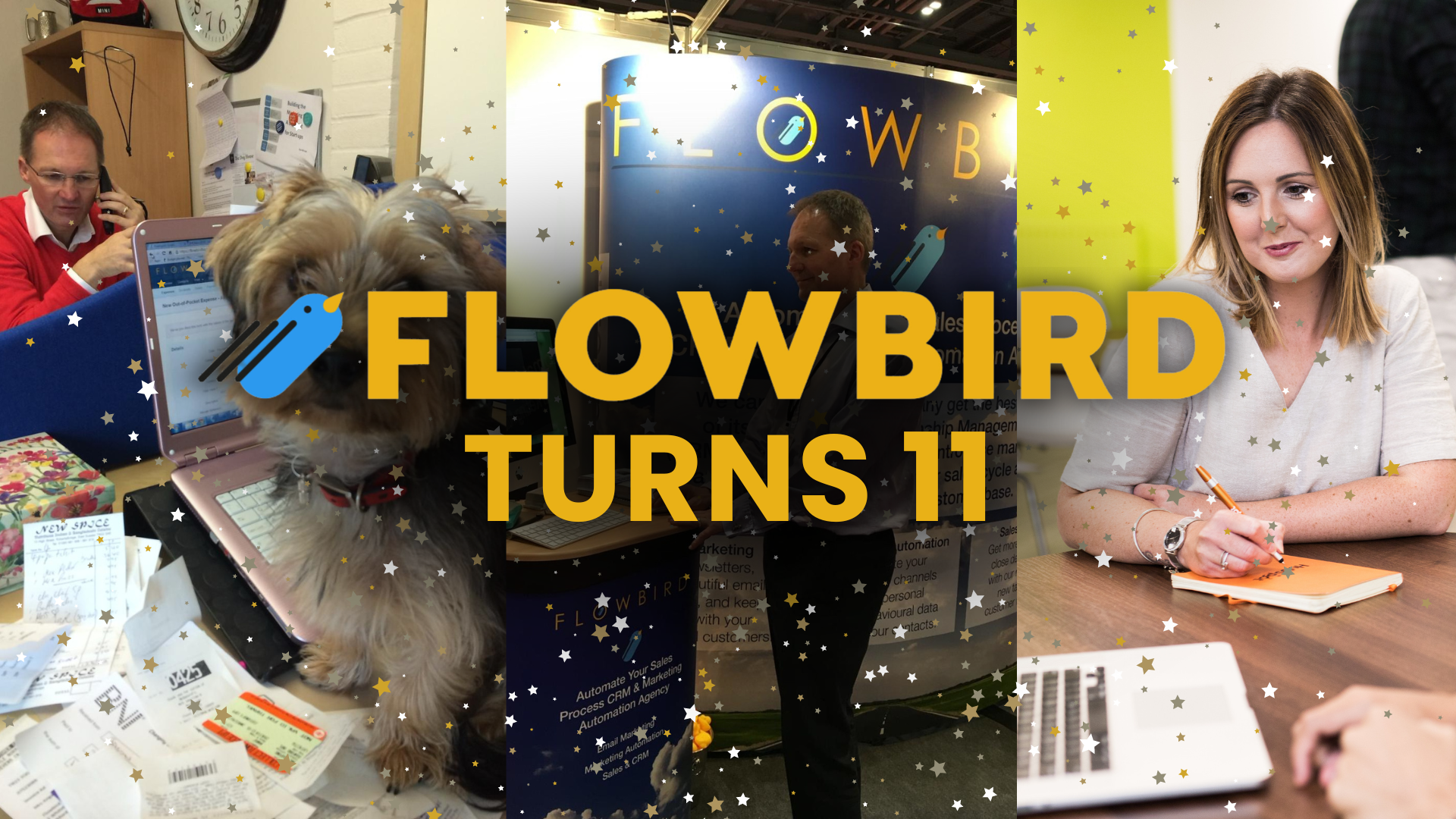9 Things You Need To Know About Landing Pages
What is a landing page?
A crucial tool for moving leads down the sales funnel, a landing page acts as a bridge between each stage of the buyer's journey.
Each landing page usually forms part of a sales or marketing campaign. It's a standalone page that leads or customers land on after clicking on a link in an email, social media post or something else. It acts as a next step when a lead shows an interest in something you have to offer.
Each page contains a bit of information on your offer, a form to collect leads' contact information and a download button.
Landing pages act as gateways for moving leads along the buyer's journey. In the earlier stages, you might use them for content such as eBooks. Later on, in the buyer's journey, they work well for free trials or even product purchases.
Why do you need them?
Technically, you could just direct leads to your homepage. However, you'll probably suffer from reduced conversion rates if you do this.
When a lead clicks on a social media post, email button or Google Ad, it's because they've seen something specific they're interested in. Whether it's a particular product, an eBook or a free trial, people don't want to be searching around your website to find it once they land on your homepage. Sending them to a specific landing page makes it easier for them to take their next step.
It's also a great way for you to collect leads' contact details while providing them with something of value in return.
9 Things You Need to Know About Landing Pages
1. Navigation menus may do more harm than good
While easy navigation is essential on the rest of your website, it can actually be detrimental on your landing pages.
Whatever the goal of your landing page (gaining a lead's contact details, making a sale etc.), you want to do everything you can to help the lead fulfil it. Navigation options are only likely to distract them and prevent them from filling out your form. Remove navigation menus and let them focus on the task at hand.
2. Forms should be short and succinct
While it's tempting to collect as much information as possible from your leads on your landing pages, you should try to stick to the essentials.
A long form with too many fields can overwhelm leads and cause them to abandon the form altogether.
Instead, keep it short and sweet. Collect the information you need and leave anything else for another time. Make it as easy as possible for your leads to move to the next stage of the buyer's journey.
3. Landing pages should be tailored to the relevant stage of the buyer’s journey
Each of your landing pages should be targeted to a specific stage of the buyer's journey, depending on the page's goal. Not all landing pages will directly result in a sale, so you should keep this in mind when choosing copy and imagery.
For example, perhaps you offer eBooks for leads at the beginning of the buyer's journey. Keep in mind that these leads are only just becoming aware of their problem and doing research, so focus your copy around this.
Save the sales-heavy copy for your end-of-the-funnel landing pages.
4. Branding should be consistent
Whether your leads have come from social media, an email or a blog post, it's important to keep their experience consistent. Design your landing page to match the rest of your communication channels and use the same copy and imagery as where leads have come from.
5. Landing pages need to be clear and scannable
It should be very obvious what the page is about. Leads will decide within seconds whether or not they're going to fill out the form and take up your offer. Stick to the point and avoid any unnecessary clutter.
Make sure it's clear what you're offering, what leads need to do and how they will get your offer.
6. Content should be action-oriented and compelling
The content of your landing page is very important. Make sure you've considered a headline, copy and CTA. Use action-oriented copy to encourage your lead to fill out and submit your form.
The headline needs to be compelling. Include an enticing description of the offer and explain what leads need to do. Be creative with your CTAs. 'Submit' isn't likely to do as well as action-oriented copy such as 'download now.
7. Landing pages should be visually appealing
Good design is key. Images and videos tend to increase conversions. Use plenty of white space and a big, bold CTA.
8. Landing pages need to be responsive
As mentioned above, leads can be directed to landing pages from many places including social media and emails. It's increasingly likely that they will be doing this on a phone or tablet, so make sure your landing pages are responsive! There's nothing more offputting than a landing page not optimised for mobile.
9. SEO is important
Optimise your landing page for search engines just like you would any other page on your website. Remember to consider keywords, URL, meta-description and alt-text on images.
Landing pages are an essential part of your sales cycle. When done well, they provide a smooth transition between each stage of the buyer's journey and increase conversions. For more information on landing pages and how they fit into your sales cycle, get in touch with Flowbird.
Download Our Free Sales Pipeline Calculator
Could you achieve - or exceed - your sales targets with an actionable plan?


